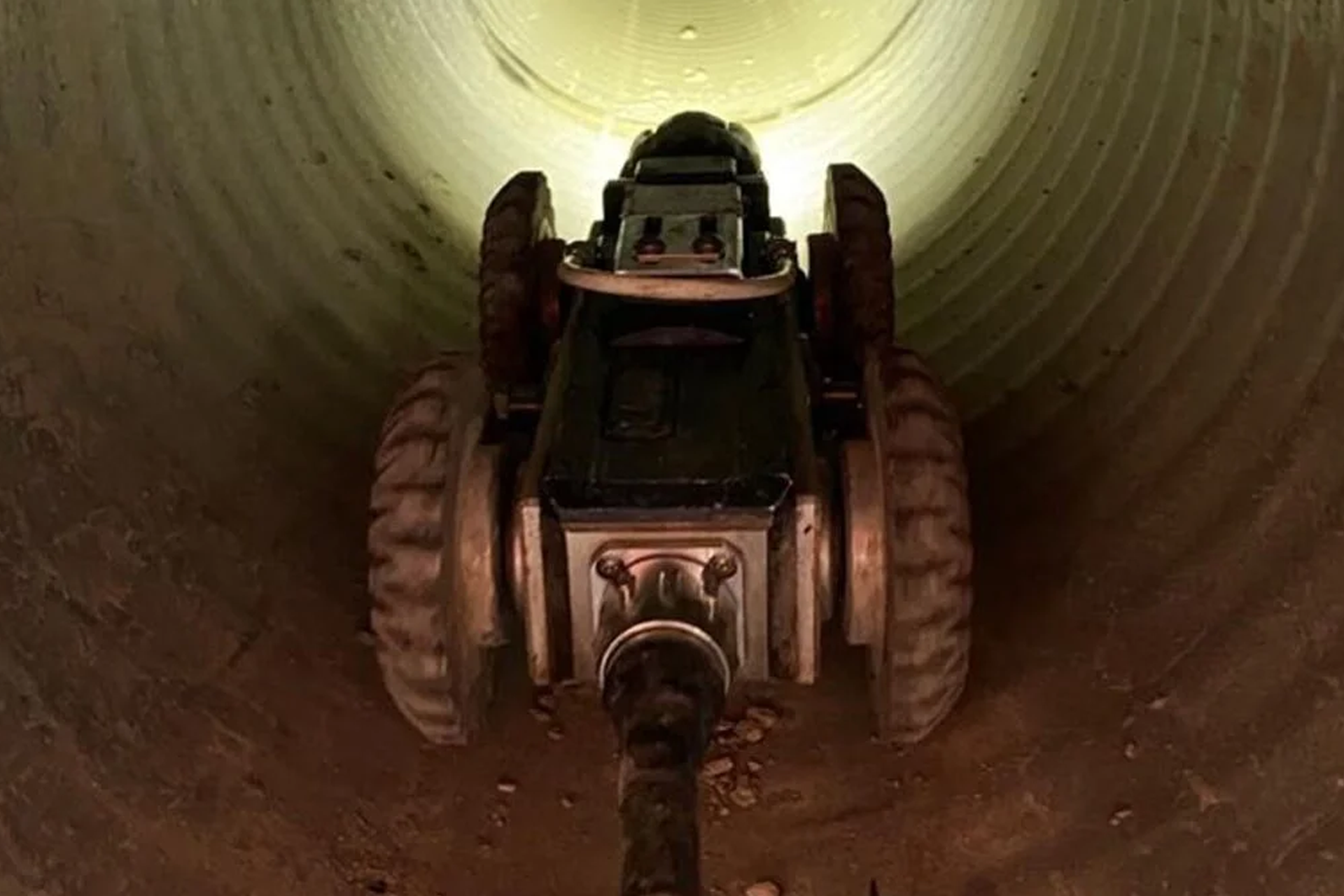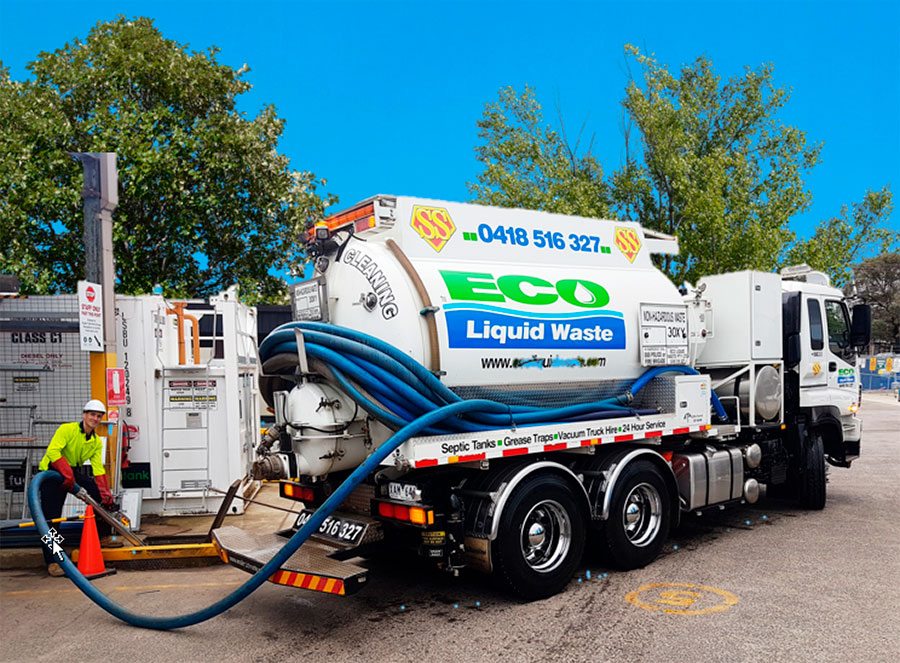Rumored Buzz on Reclaim Waste
Rumored Buzz on Reclaim Waste
Blog Article
The Reclaim Waste Ideas
Table of ContentsFascination About Reclaim WasteA Biased View of Reclaim WasteReclaim Waste Can Be Fun For AnyoneThe Definitive Guide to Reclaim WasteReclaim Waste Things To Know Before You Buy
Domestic sewer waste refers to the waste and items from a residential septic storage tank. The correct administration and disposal of residential sewage waste need fluid waste to be moved to a sewer therapy plant where the appropriate techniques and devices are used to detoxify and dispose of waste.
Industrial waste usually consists of possible threats, such as combustible materials or a combination of liquid and solid waste items, and requires an extra advanced and in-depth disposal procedure. The disposal of business waste commonly entails the filtration of waste before transportation to guarantee risk-free and proper disposal. Hazardous waste is developed from by-products and drainage of industrial processes and production.
This kind of waste can not use the very same sewer administration transport or procedures as septic or business liquids. The hazardous waste monitoring process requires the assessment and screening of fluid waste prior to it undergoes the disposal procedure (liquid waste disposal melbourne). Runoff waste is the fluid waste that originates from overflow and excess stormwater in extremely inhabited areas or cities
Runoff waste can trigger contamination and flooding if not taken care of correctly. Find out more concerning sewer cleaning and waste management. Ensuring correct waste administration can avoid catastrophes and decrease environmental harm. Both people in property settings and experts in business or production industries can gain from understanding the processes and guidelines of fluid waste management.
Get This Report about Reclaim Waste
Call PROS Providers today to find out about our waste administration and disposal solutions and the proper ways to take care of the fluid waste you generate.
(https://gravatar.com/maximum5d830db060)This supposed 'wastewater' is not just an important source however, after therapy, will certainly be launched to our land, rivers or the sea. Used water from bathrooms, showers, baths, cooking area sinks, laundries and industrial procedures is understood as wastewater.

water made use of to cool equipment or clean plant and equipment). Stormwater, a kind of wastewater, is drainage that moves from agricultural and urban locations such as roofings, parks, gardens, roads, courses and seamless gutters into stormwater drains, after rainfall. Stormwater moves without treatment straight to local creeks or rivers, ultimately reaching the sea.
Reclaim Waste Can Be Fun For Anyone
In Queensland, most wastewater is treated at sewage treatment plants. Wastewater is moved from domestic or commercial websites via a system of sewers and pump stations, recognized as sewage reticulation, to a sewer treatment plant. City governments construct, keep and run most sewer treatment plants. Operators are accredited under the Environmental Management Act 1994 to discharge treated wastewater at an acceptable environmental requirement right into waterways.
The Department of Natural Resources encourages regional federal governments concerning managing, operating and keeping sewerage systems and therapy plants. In unsewered locations, city governments may call for homeowners to set up private or family sewer therapy systems to deal with domestic wastewater from commodes, kitchen areas, washrooms and laundries. The Department of Natural Resources authorizes the use of home systems when they are verified to be effective.
In some brand-new subdivisions, treatment of some stormwater to remove clutter, sand and gravel has begun making use of gross contaminant catches. Wastewater therapy occurs in 4 phases: Removes solid issue.
Uses tiny living microorganisms recognizes as micro-organisms to break down and eliminate continuing to be dissolved wastes and fine bits. Micro-organisms and wastes are integrated in the sludge.
Reclaim Waste - The Facts
Nutrient removal is not available at all sewage therapy plants due to the fact that it calls for expensive specialized devices. Clear fluid effluent created after treatment may still contain disease-causing micro-organisms - liquid waste removal melbourne.

This generally suggests wastewater has to be dealt with or pollutants removed before it can be discharged to rivers. A lot of wastewater moves right into the sewage system. Under the Act, local federal governments carry out approvals and permits for ecologically relevant activities (Periods) entailing wastewater launches that might have a local effect. The division carries out approvals and licences to Periods involving wastewater launches that might have a local view website or statewide influence.
About Reclaim Waste
Otherwise, samples are considered laboratory analysis. Commonly many examinations are needed to develop the degrees of each of the various toxins such as oils, hefty metals and pesticides in water. Tracking supplies factual information about water top quality and can verify that licence conditions are being met. The information gotten through surveillance offers the basis for making water quality decisions.
Report this page